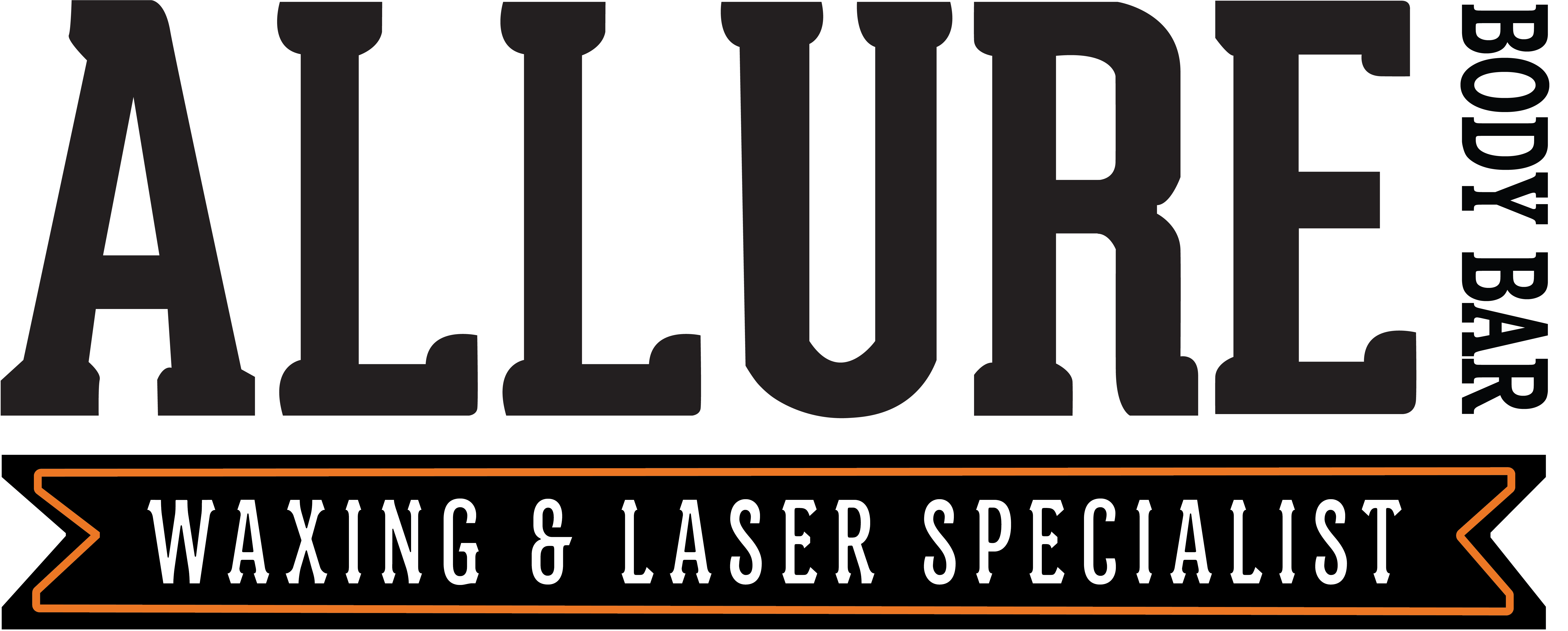Removing hair is a common practice in several cultures and communities. Individuals use diverse procedures to achieve smooth and hairless skin. Hard wax and soft wax are two common choices. They are among the many available.
Understanding the distinctions between these two strategies is crucial. It helps in determining which one best suits individual tastes and needs. Examining the differences, benefits, and drawbacks of hard wax and soft wax gives readers the needed knowledge. It helps them make educated decisions.
Hair Removal Waxes
Waxing is a popular method for achieving smooth and hairless skin. It is done by removing hair from the root. It is offered in several forms. It includes hard wax, soft wax, and wax strips. Each has clear benefits and ways of use. We will explore the features and factors of hair removal wax. We will provide readers with a full grasp of this hair removal method.
Various Types of Hair Removal Wax:
Hard wax:
It is often known as stripless wax. It is composed of natural materials such as beeswax or synthetic resins. This product is liberally applied to the skin, let to cool and harden, and then removed without the need for strips. Hard wax is favored for its efficacy in eliminating thick hairs with little pain. It makes it perfect for delicate places like the bikini line or face.
Soft wax:
It is often made from a mixture of natural and synthetic resins and oils or additives. The substance is thinly applied to the skin and then removed using cloth or paper strips. It adheres to the wax and extracts the hair upon removal. Soft wax is used for waxing bigger regions. It includes legs and arms because of its efficacy despite the possibility of adhering to the skin and causing pain or irritation.
Wax Strips:
These pre-made strips are impregnated with wax and designed for fast and simple hair removal. They are applied to the skin and promptly taken off to eliminate unwanted hair. Wax strips are great for beginners. They are also good for those seeking a convenient at-home waxing solution. It may be less effective at removing short or coarse hairs. This is compared to standard waxing methods.
Application and Removal Techniques
Wax for removing hair is often heated to the best temperature. This promotes proper application and hair adherence. Apply the wax in the direction of hair growth using a spatula or applicator. It is to fully cover the target region.
The cooled and hardened wax is removed swiftly. It is taken off in the opposite direction of hair growth. Soft wax is removed when it has adhered to the skin. It pulls out the hair from the root.
Residual wax or sticky areas on the skin may be easily removed using oil-based treatments or wipes. It results in smooth and residue-free skin.
Benefits of Hair Removal Wax:
Hair removal wax offers effective hair removal. It is done by eliminating hair from the root. It results in smoother skin and longer intervals between treatments.
Consistent application of hair removal wax may slow down hair renewal and improve hair texture. It leads to longer-lasting smooth skin.
Hair removal wax is available in several forms. It may be used either at home or in professional salon environments. It offers flexibility and convenience for anyone seeking hair removal solutions.
Hair removal wax is adaptable and may be used on many body parts. It includes the face, arms, legs, and bikini region. It is according to individual tastes and needs.
Considerations and Precautions:
Individuals with sensitive skin or allergies should do a patch test with hair removal wax products. It is done before completing the application. It is to assess skin tolerance. It also minimizes the risk of adverse reactions.
Using the right method for applying and removing hair is essential. It is for achieving the best results and minimizing any possible pain or discomfort. Professional assistance or training may be beneficial. It is particularly for those who are inexperienced in the profession.
It is crucial to maintain sanitation and hygiene while waxing. It is to prevent infections or skin irritation. Use disposable applicators and thoroughly sanitize the skin before and after waxing. It will help minimize the likelihood of encountering any problems.
Hard Wax vs Soft Wax
1. Composition and Application:
Hard wax, also known as stripless wax, is made from natural substances. It includes beeswax or synthetic resins. It is applied in a thick coating on the skin. let it cool and solidify. It is then removed without the need for strips.
Soft wax is often made from a combination of natural and synthetic resins. It is together with oils or other ingredients. The substance is thinly applied to the skin and then removed using cloth or paper strips. It adheres to the wax and extracts the hair upon removal.
2. Hair Adherence:
Hard wax tightly clings hair by wrapping around individual hairs. It is due to its thick nature. It makes it suitable for delicate regions and less painful than soft wax.
Soft wax adheres to both hair and skin. It potentially causes discomfort. It is especially for those with sensitive skin. It is often more appropriate for bigger regions. It includes legs and arms because of its ease of application and removal.
3. Efficacy and Productivity:
Hard wax is very effective in removing tough and tenacious hair. It includes short hair with little discomfort. It has gentle properties. It makes it perfect for those with sensitive skin. It reduces the likelihood of irritation and redness.
Soft wax is effective for quickly removing hair from large regions. However, it may not be as efficient as hard wax at gripping shorter or coarser hairs. Additionally, its tendency to adhere to the skin might lead to irritation and pain. It is particularly suitable for those with sensitive skin.
Conclusion:
When choosing a hair removal method, the options between hard wax and soft wax, as well as the various types of hair removal wax, offer a diverse selection to suit individual preferences and needs. To attain smooth and hair-free skin successfully, it is crucial to understand the distinctions between professional treatments at establishments like Allure Body Bar and at-home waxing alternatives.

